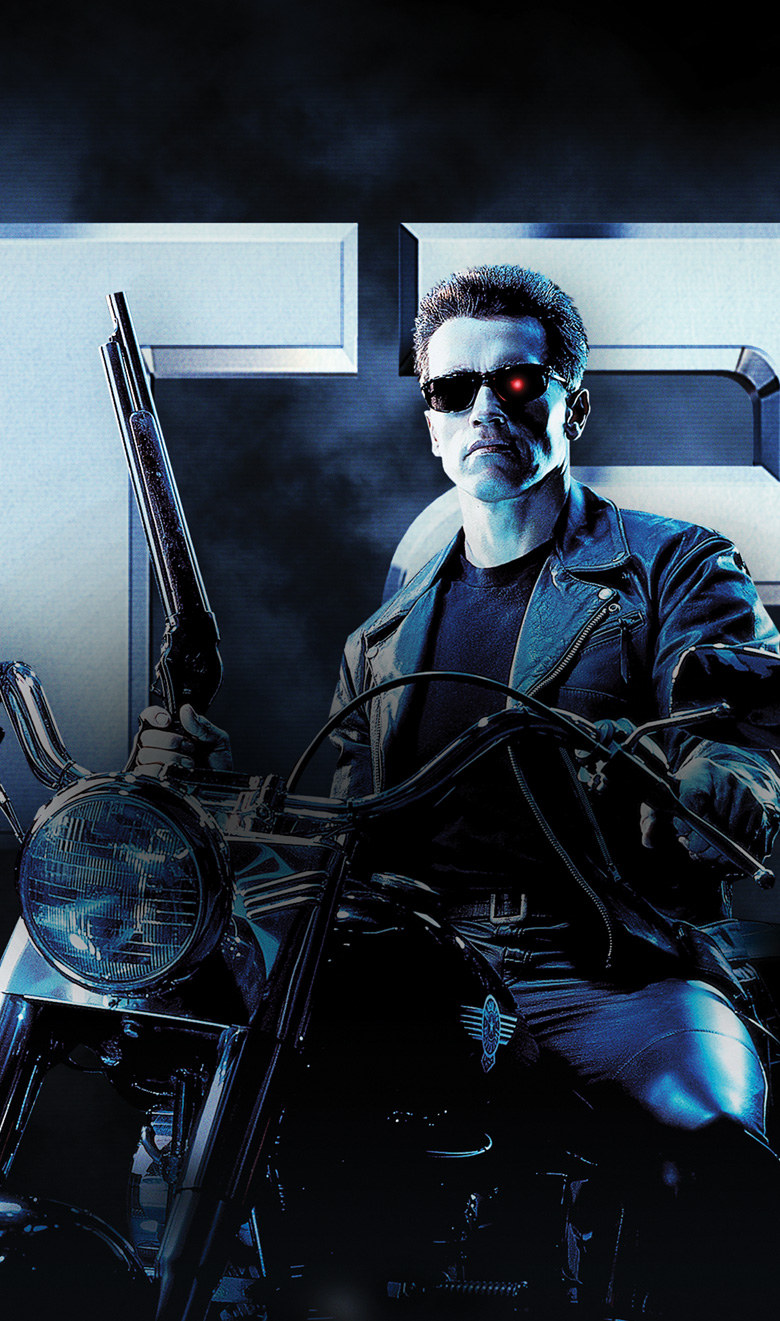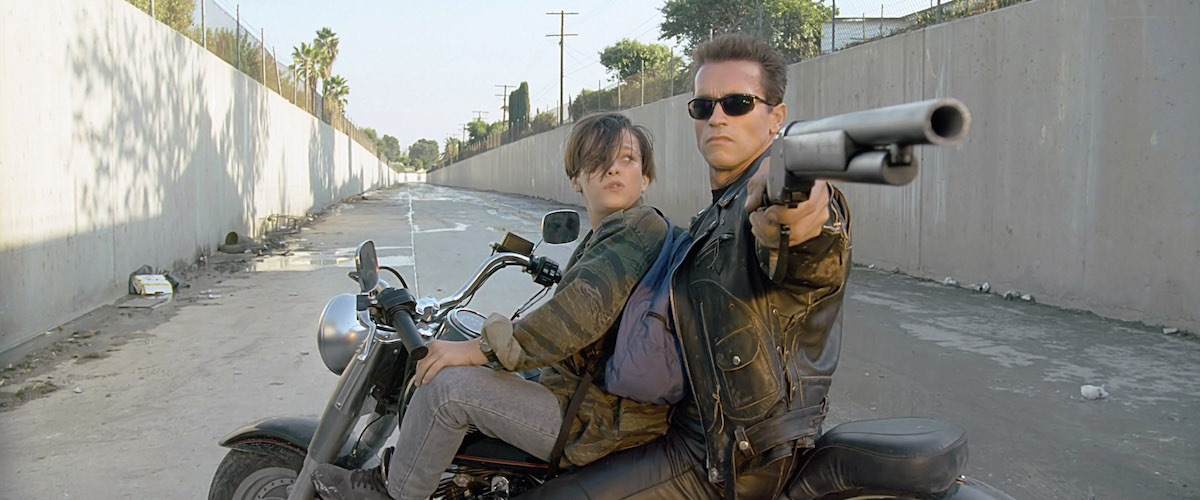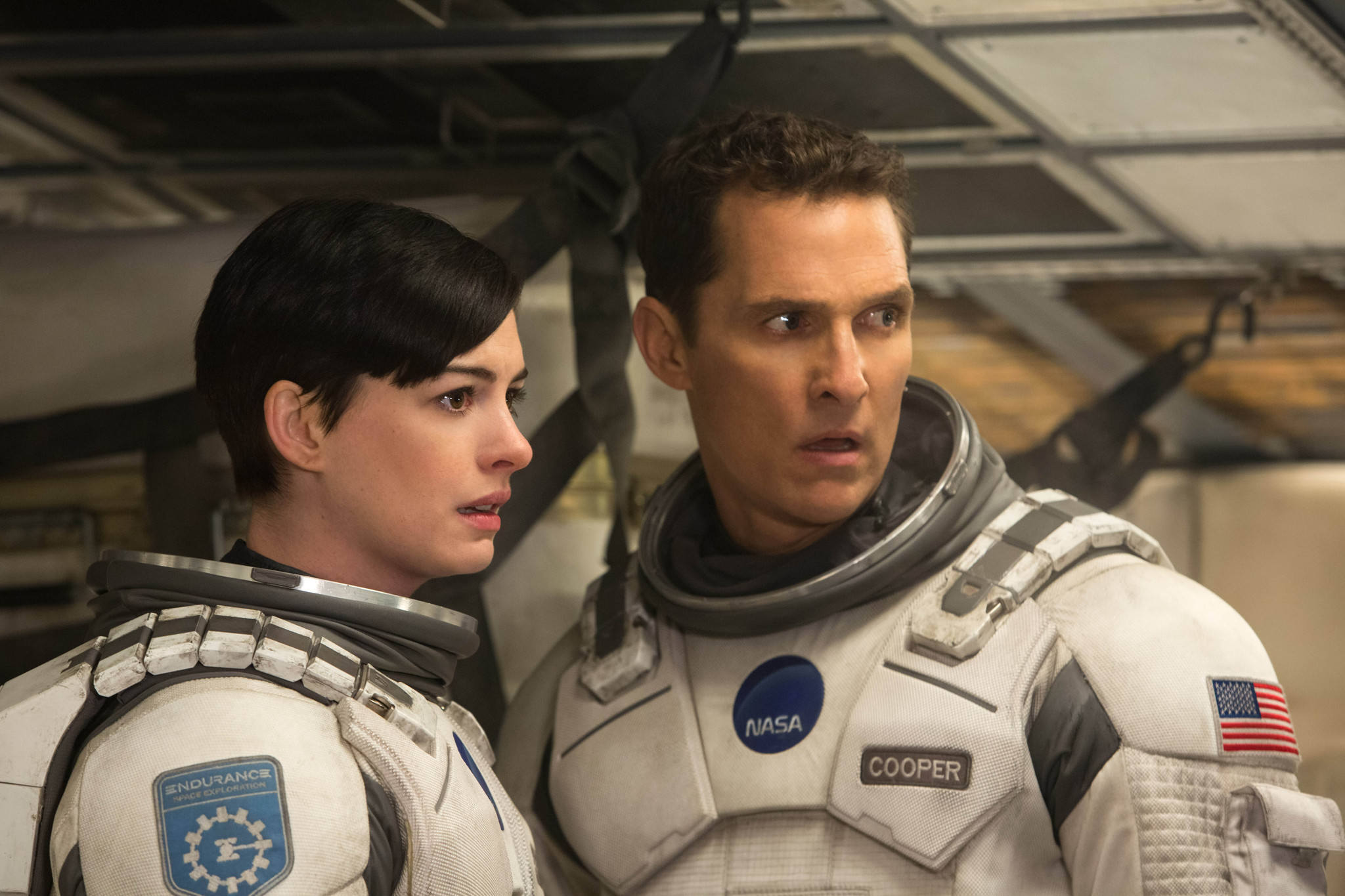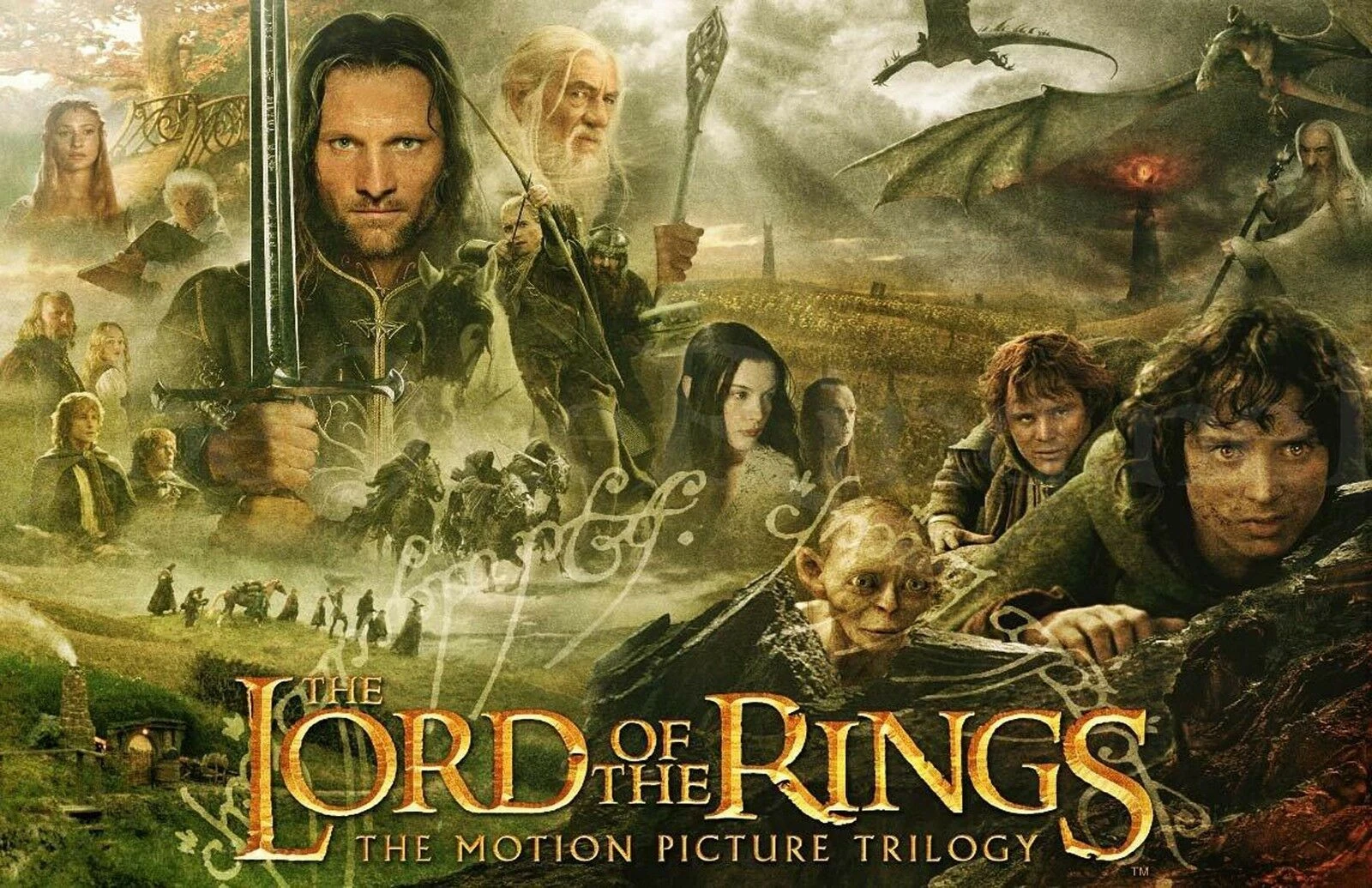The Impact Of CGI In Modern Films
However, with the advent of computer-generated imagery (CGI) in the 1980s, filmmakers were given a powerful new tool to bring their wildest creative visions to life on the big screen. Today, CGI in modern films is an essential part, used to create everything from breathtaking visual effects to entire digital environments.
Author:Daniel BarrettApr 06, 202313.8K Shares446.1K Views

In the early days of cinema, filmmakers relied on practical effects and elaborate sets to create the illusion of fantastical worlds and larger-than-life characters. However, with the advent of computer-generated imagery (CGI) in the 1980s, filmmakers were given a powerful new tool to bring their wildest creative visions to life on the big screen.
Today, CGI in modern filmsis an essential part, used to create everything from breathtaking visual effects to entire digital enviroments.
The History Of CGI In Film
CGI technology has been used in film-making since the 1970s, but it wasn't until the 1980s that it became a mainstream tool for creating special effects. The first major film to use CGI extensively was 1982's Tron, which used computer-generated imagery to create the film's digital world.
From there, CGI became an increasingly popular tool for creating visual effects in films like The Abyss(1989), Terminator 2: Judgment Day(1991), and Jurassic Park(1993).
As CGI technology evolved, filmmakers began to use it for more complex tasks, such as creating digital characters and environments. The first fully CGI feature film, Toy Story, was released in 1995 and marked a turning point in the industry's use of technology.
The Evolution Of CGI
The history of CGI in film can be traced back to the 1970s and 80s, when early computer graphics were used in films like Star Wars(1977) and Tron(1982). However, it wasn't until the 1990s that CGI really began to take off, with films like Jurassic Park(1993) and Terminator 2: Judgment Day(1991) pushing the boundaries of what was possible with digital effects.
Since then, the technology has continued to evolve, with films like Avatar(2009) and Gravity(2013) showcasing some of the most impressive CGI work to date.
The Impact Of CGI In Modern Films
Today, CGI is an essential part of modern film-making, used to create everything from realistic explosions and natural disasters to entire digital environments and characters. Technology has made it possible to create films that would have been impossible just a few decades ago, allowing filmmakers to push the boundaries of their creativity and imagination.
Visual Effects
One of the most obvious uses of CGI in modern films is for creating visual effects. From the dazzling explosions and action sequences of superhero movies to the breathtaking landscapes and creatures of sci-fi and fantasy films, CGI has made it possible to create truly epic cinematic experiences.
Digital Environments
CGI is also used to create entire digital environments, from sprawling cityscapes to otherworldly planets. This allows filmmakers to create immersive and fantastical worlds that would be impossible to build or capture on film in the real world. Examples of films that have made extensive use of digital environments include Avatar(2009) and the Star Warsprequels.
Digital Characters
Another major use of CGI in modern films is for creating digital characters. This allows filmmakers to create characters that would be impossible to create with practical effects or to bring to life beloved characters from other media. Examples of films that have made extensive use of digital characters include The Lord of the Ringstrilogy (2001-2003) and the Avengersfilms.
The Future Of CGI In Film-Making
As CGI technology continues to evolve, it's likely that it will play an even greater role in modern film-making. One potential area for growth is the use of virtual reality (VR) and augmented reality (AR) technologies. These technologies could be used to create even more immersive cinematic experiences, allowing audiences to step inside digital worlds and interact with digital characters in new and exciting ways.
However, there are also concerns about the overreliance on CGI in modern films. Some critics argue that the use of CGI can detract from the emotional impact of a film by creating a sense of detachment from the action on screen. Others argue that the use of CGI can make films feel overly polished and unrealistic.
Despite these concerns, it's clear that CGI will continue to play a major role in modern film-making for years to come. Whether it's used to create breathtaking visual effects, immersive digital environments, or compelling digital characters, CGI has forever changed the way we think about cinema and what's possible on screen. As technology continues to evolve, we can only imagine the new ways filmmakers will use it to bring their creative visions to life.
The Limitations Of CGI
While CGI has made it possible to create some truly breathtaking visual effects and digital characters, there are still some limitations to the technology. One major limitation is the "uncanny valley" effect, which occurs when digital characters or environments look almost but not quite realistic enough, resulting in a sense of discomfort or unease for viewers.
Another limitation is the cost and time required to create high-quality CGI effects. Creating realistic digital characters or environments can be incredibly expensive and time-consuming, which can make it difficult for smaller productions to use the technology effectively.
Balancing CGI With Practical Effects
To create truly immersive cinematic experiences, many filmmakers have found that it's important to balance the use of CGI with practical effects. Practical effects, such as animatronics and puppetry, can add a sense of realism and weight to a film that can be difficult to achieve with purely digital effects.
Filmmakers like Christopher Nolan and George Miller have become known for their use of practical effects in films like Interstellar(2014) and Mad Max: Fury Road(2015), which have been praised for their seamless blend of practical and digital effects.
The Ethics Of CGI
As CGI technology continues to evolve, there are also ethical questions to consider. For example, the use of digital characters raises questions about the ownership and representation of the intellectual property. The use of digital versions of deceased actors, such as in Rogue One: A Star Wars Story(2016), also raises questions about the ethics of using an actor's likeness without their consent.
The Advantages Of CGI
One of the major advantages of CGI in the film is its ability to create visual effects and environments that would be impossible or impractical to achieve with practical effects. For example, films like The Lord of the Ringstrilogy (2001-2003) used CGI to create massive battles and epic landscapes that would have been impossible to film in real life.
CGI also allows filmmakers to create digital characters that can interact with real actors and environments, such as Gollum in The Lord of the Ringsor the dinosaurs in Jurassic Park.
Examples In Other Media
While Carrie Underwood is primarily known for her successful career in country music, she has also dabbled in acting and has appeared in several television shows and films. It's possible that CGI technology could play a role in any future acting projects she takes on, allowing her to appear in scenes or films that might not be possible to film practically.
However, it remains to be seen how much, if any, CGI she would be interested in using for her performances. Regardless, her talent and versatility as a performer make her a natural fit for any kind of creative project, whether it involves CGI or not. You can learn more about her careerin this article from Bingepost.
People Also Ask
Do They Still Use CGI In Movies?
Yes, CGI (Computer Generated Imagery) is still widely used in modern movies. In fact, it's become a crucial part of the filmmaking process, allowing filmmakers to create visual effects and digital characters that would be impossible or impractical to achieve with practical effects alone.
Why Do Modern Movies Use So Much CGI?
Modern movies use a lot of CGI for a number of reasons. First and foremost, it allows filmmakers to create breathtaking visual effects and digital characters that can take audiences on immersive journeys into fantastical worlds. It also allows filmmakers to create scenes and environments that would be too dangerous or impractical to create in real life. And finally, it can often be more cost-effective to create certain elements with CGI rather than building elaborate sets or hiring large numbers of extras.
What Are 3 Movies That Use CGI?
There are countless movies that use CGI, but here are three notable examples:
- Avatar (2009): This groundbreaking film made extensive use of CGI to create the stunning, otherworldly environment of Pandora and its inhabitants, the Na'vi.
- The Lord of the Rings Trilogy (2001-2003): These epic fantasy films used CGI to create massive battle scenes, as well as to bring iconic characters like Gollum to life.
- Jurassic Park (1993): This classic Steven Spielberg film used pioneering CGI technology to bring realistic-looking dinosaurs to the screen, which was a major breakthrough at the time.
Conclusion
CGI has had a profound impact on modern film-making, allowing filmmakers to create truly epic and imaginative cinematic experiences. While there are some limitations and ethical questions to consider, it's clear that CGI will continue to play a major role in the future of cinema. As technology continues to evolve, we can only imagine the new and exciting ways filmmakers will use CGI in modern films to push the boundaries of what's possible on screen.

Daniel Barrett
Author
Daniel Barrett is a tech writer focusing on IoT, gadgets, software, and cryptocurrencies. With a keen interest in emerging technologies, Daniel offers expert analysis and commentary on industry trends. Follow him for authoritative insights into the latest tech innovations.
Latest Articles
Popular Articles


